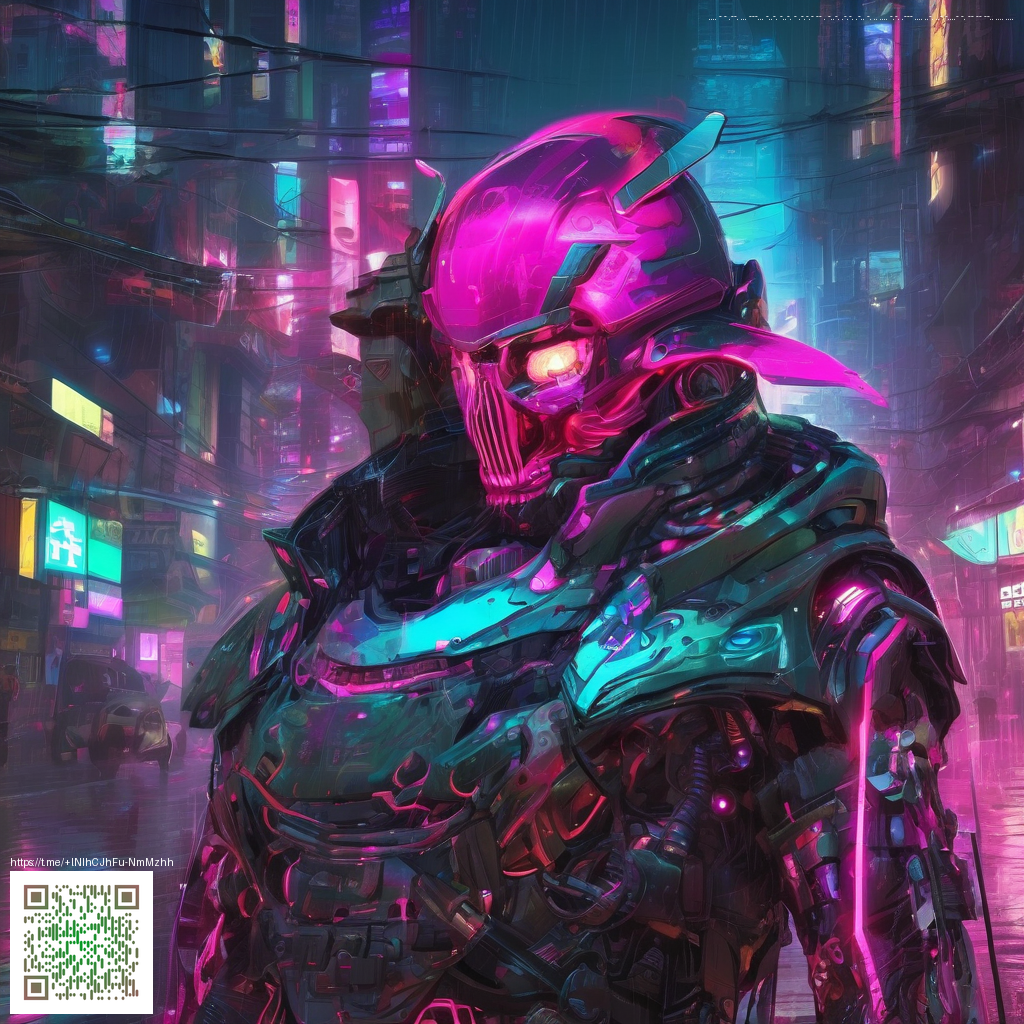
Elevating Digital Paper: The Art of Lighting Layers
When designers talk about luxury in the digital realm, one of the most compelling cues is how a paper texture responds to light. A convincing paper simulation goes beyond a flat image—it's a carefully composed sequence of lighting layers that reveal subtle fiber detail, edge softness, and a tactile warmth. In practice, this means treating light as a multi-pass collaborator, where each layer contributes a distinct whisper of color, shadow, and specular gleam that together mimic real-world nuance.
“Great lighting is not about brightness alone; it’s about where color and shadow meet the edge of the paper.”
At the heart of a believable luxury paper look are two core ideas: controlled diffusion and intentional specular highlights. Diffuse passes wash the surface in a gentle, even tone, while separate lighting passes create the delicate sheen that makes fibers pop without looking plastic. By layering these passes with precise opacity and blend modes, designers can simulate how light travels across a curled corner, catches on a brushed grain, or softens as it passes through a semi-translucent sheet. The result is a surface that feels tangible, even in a purely digital scene.
Two Core Layers: Diffuse and Specular
In its simplest form, a luxury paper simulation relies on a well-calibrated diffuse layer and a complementary specular layer. The diffuse layer establishes the base color and texture, while the specular layer adds directionality—where a light source would naturally highlight the edges and ridges of the fiber. The trick is to keep the specular reflections restrained: too bright, and you erase the softness that readers associate with premium paper; too dim, and the texture can appear flat. A subtle glaze in the specular pass often produces a convincing “polished” look that still reads as pure, high-quality material.
Practical Workflow for Realistic Results
- Map the texture: Start with a high-resolution digital texture that captures the grain, fiber intersect, and subtle color variations found in premium stock.
- Separate lighting passes: Create distinct passes for ambient, diffuse, and specular lighting. Use low opacity for shadows to preserve depth without sacrificing detail.
- Color calibration: Balance warmth and coolness to reflect the intended mood, whether it’s a creamy ivory or a bright, modern white.
- Edge treatment: Soften edges where the paper curls or folds; harsh edges tend to reveal synthetic rendering rather than craftsmanship.
- Depth through depth-of-field: A shallow focus can help accentuate the texture where you want the viewer’s eye to land while keeping the rest gracefully blurred.
For creatives who frequently produce product photography or editorial spreads, a practical consideration is how to keep your hands free during shoots while maintaining precise framing. A sturdy mounting solution can be a quiet enabler of more polished, studio-like results. For those who want a compact, reliable option, the Phone Grip Click-On Universal Kickstand serves as a versatile accessory that keeps your device steady as you tweak lighting and composition. Details about this product are accessible on its product page, offering a straightforward way to integrate hands-free photography into your workflow. You can also explore related discussions at the following destination: https://crypto-donate.zero-static.xyz/32832cc4.html.
Design Essentials for Photographers and Illustrators
Beyond the technicalities, achieving a luxury feel hinges on thoughtful presentation. Consider these essentials:
- Texture fidelity: Choose textures with visible but restrained grain patterns that scale cleanly when you zoom in.
- Color nuance: Subtle tint shifts can evoke different paper palettes—creamy, cool, or slightly pinkish—without overpowering the composition.
- Lighting direction: Use multi-directional light to reveal surface relief and edge lifelike shadows, then blend to remove any hard, distracting edges.
- Consistency across assets: Maintain a unified lighting vocabulary across all images and renders to preserve a premium brand impression.
- Device-friendly demonstrations: If you’re pairing the texture with hardware or accessories, ensure the lighting complements both the product and the material texture for cohesive storytelling.
In projects where luxury is the guiding principle, the interplay of layered lighting and tactile texture can transform a simple sheet into a visual statement. The approach invites viewers to pause, inspect the surface, and feel the material’s richness—even through a screen. When executed with care, your digital paper simulations become not just images, but experiences that communicate quality at a glance.